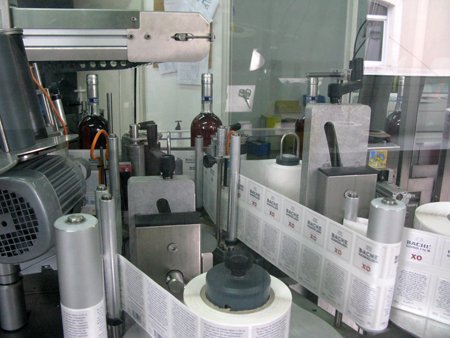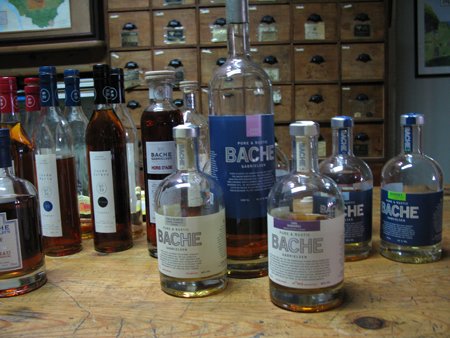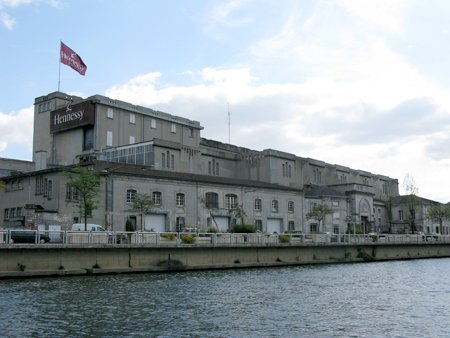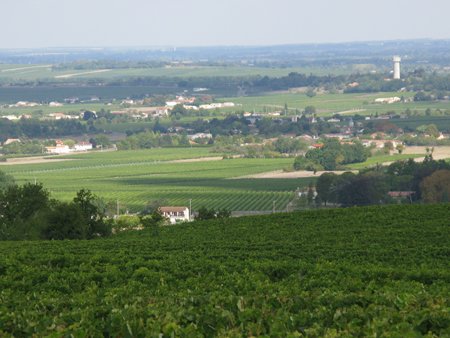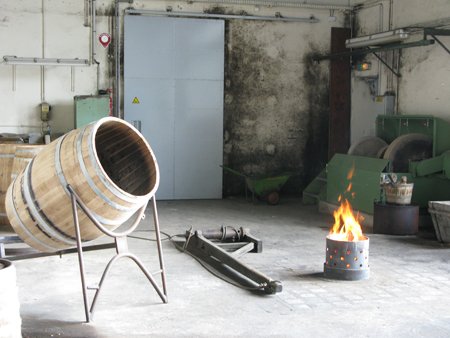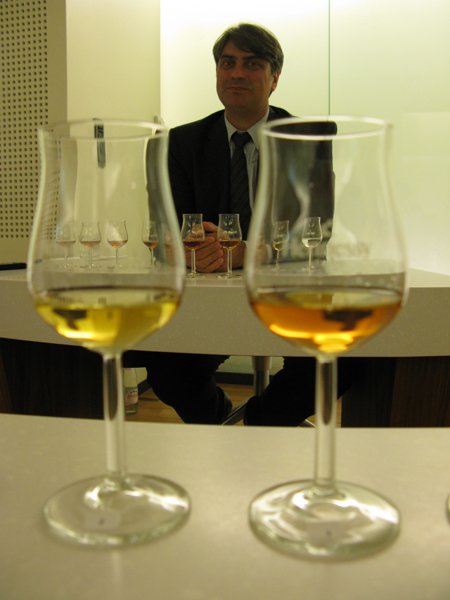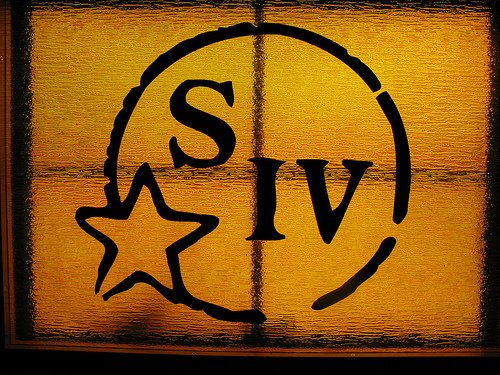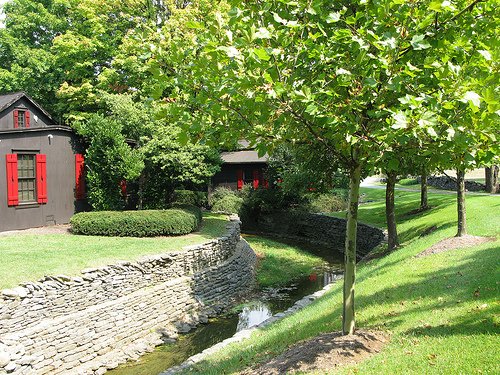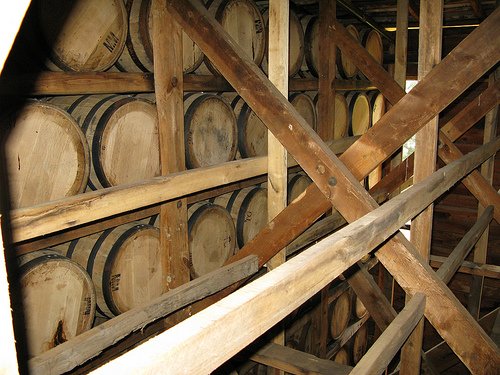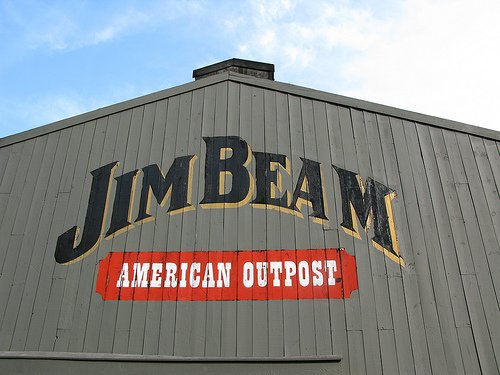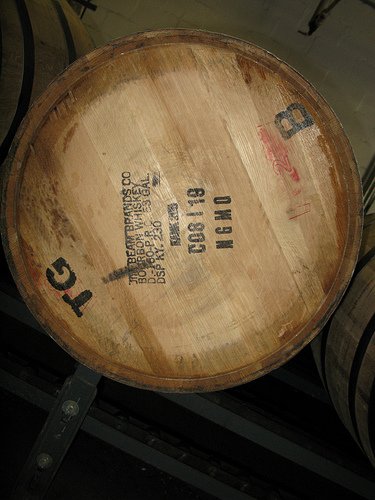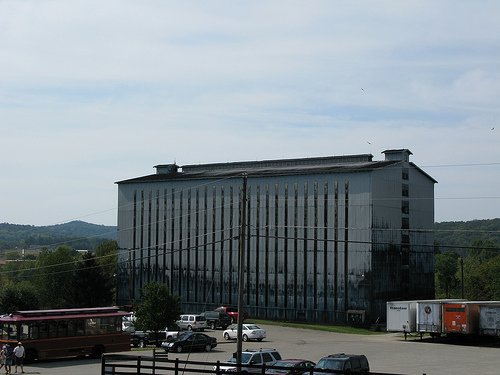While in the Cognac region of France, I stopped in to cognac house Bache Gabrielsen for a visit. I was greeted by fourth-generation family member Herve Bache-Gabrielsen and taken to their tasting room around a wooden table in the upstairs office.
Bache Gabrielsen is located on a small, nondescript street in Cognac. There are few signs to identify that the street holds buildings for blending, aging, bottling, and other storage. The company owns other warehouses as well (it's not safe or legal to hold too much cognac within the city- fire would be a very bad thing) but the white buildings on a narrow side street give no clue as to their rather large storage capacity indoors.
The brand is Norwegian though they've been in Cognac for 100 years, and still their largest markets are Norway and other Scandinavian countries. It turns out that Norway consumes the most cognac per person in the world. Who knew?
Herve also said that there is currently a glut of sorts of aging barrels due to a past overproduction of cognac and a previous economic collapse. Thus there is a lot of 20+ year old cognac sitting around in barrels that producers are using in their XO products. Eventually though this glut will dry up and he predicts it may be hard for some producers to maintain a consistent flavor profile in their products when there is less older eau de vie around to go into them.
Smaller brands like Bache Gabrielsen have both problems and opportunities in the market. They can release small batch products without the overhead and marketing support of larger brands, but on the other hand they are selling so much less it may be hard to educate consumers on what they're drinking.
Bache Gabrielsen has two cognac lines that they call Classic and Pure and Rustic. The Classic line, like most all cognacs, has caramel added for color consistency and sugar to soften the spirit, but the Pure and Rustic line (that is called "Natur and Eleganse" in the US) has neither. I found it definitely had a stronger alcohol attack on the tongue and was a more 'raw' tasting spirit, but not in a bad way- more like rye whiskey as opposed to bourbon. (I wonder if it might mix better in cocktails than most cognac.) I thought the XO was a particularly good balance between alcohol sharpness and wood softness.
All in all, it was great to see this small house hidden on a narrow street within the city limits, doing something new in old Cognac.
